Traveling Thru Nebraska’s Bohemian Alps
We're Together Again!
As retired people who like to travel, we look for new experiences wherever we can find them. In a previous post, we took a bus trip with other like-minded explorers to Wichita Kansas where we visited several art museums and, in the process, expanded our knowledge of artists from our region. From that trip, traveling by bus with old friends and new-to-be friends seemed so civilized…so we did it again!
This time, we went on a day trip with the same group of docents and supporters from the University of Nebraska Sheldon Memorial Art Gallery. Our trip took us through Nebraska’s Bohemian Alps and several Czech-settled communities. All within a 50-mile radius of our home in Lincoln.
We're Back on The Bus!
First Stop: Dwight, NE (Pop. 195)
First, we stop at the shop/studio/writing haven in Dwight where Nebraska’s own highly respected and past U.S. Poet Laureate, Ted Kooser, works, paints, writes, and naps. Dwight also has a historic catholic church that has been elegantly restored.
From Dwight, we head to David City which is home to an art museum called Bone Creek Museum of Agrarian Art which is dedicated to the work of artists whose work depicts the life and hardships of America’s farmers. Afterward, we make a stop for lunch at a quaintly authentic Czech restaurant in Abie then a visit to Concordia College in Seward which houses the Center for Liturgical Art and the Marxhausen Gallery of Art, and a final stop at a winery outside of Seward called Junto Winery. It was an action-packed tour that proved stimulating and profoundly worthwhile.
One comment about our fellow day-trippers and hosts, Margaret Berry and JoAnne Kissel. They should be commended for organizing the entire day’s experiences and for entertaining the 50+ fun-loving and knowledgeable travelers along the way. Well done, Sheldon Museum of Art docents!!
Our first stop was in Dwight, Nebraska. In Dwight, we visit the studio of Mr. Ted Kooser. You know you’re in the right place when you see ‘Poetry Created and Repaired’ painted on the storefront window.
Ted Kooser served as our nation’s U.S. Poet Laureate from 2004-2006. As a poet and writer (after his 25-year career in the insurance business), aside from his notoriety as a U.S. Poet Laureate, Ted has published many books of his poetry, several children’s books and several non-fiction books on subjects such as poetry writing and local lore. He also writes a weekly column for An American Life in Poetry that you can subscribe online and have sent to your inbox, free of charge!!
Ted currently lives in Garland, Nebraska, and still commutes daily to his studio and office in Dwight. Aside from writing, Ted is also an artist. He works in mediums of oil, pastel, and watercolor. At 80 years old, he continues to engage his creativity through writing and painting. We should all be so fortunate to have his energy and lust for creative expression!
Ted was very generous of his time during our visit and told many stories of what it was like to serve as the U.S. Poet Laureate among other delightful tales of being a poet. After hundreds of readings, interviews and thousands of miles on the road traveling around the country introducing poetry to the young and old, suffice it to say, for a shy guy, he successfully represented our state to all disbelievers with concerns that Nebraska wasn’t a suitable place from which to select our nation’s Poet Laureate. He told us the highest compliment he recalls ever receiving was hearing that once-naysayers were eventually taking credit for being so wise as to select him as the U.S. Poet Laureate!
Ted also gave our group a gift beyond our expectations. He wrote a poem just for us. You can read it here. Thank you, Ted, for taking Nebraska upward into the highest levels of poetry.
A New Poem For Us!
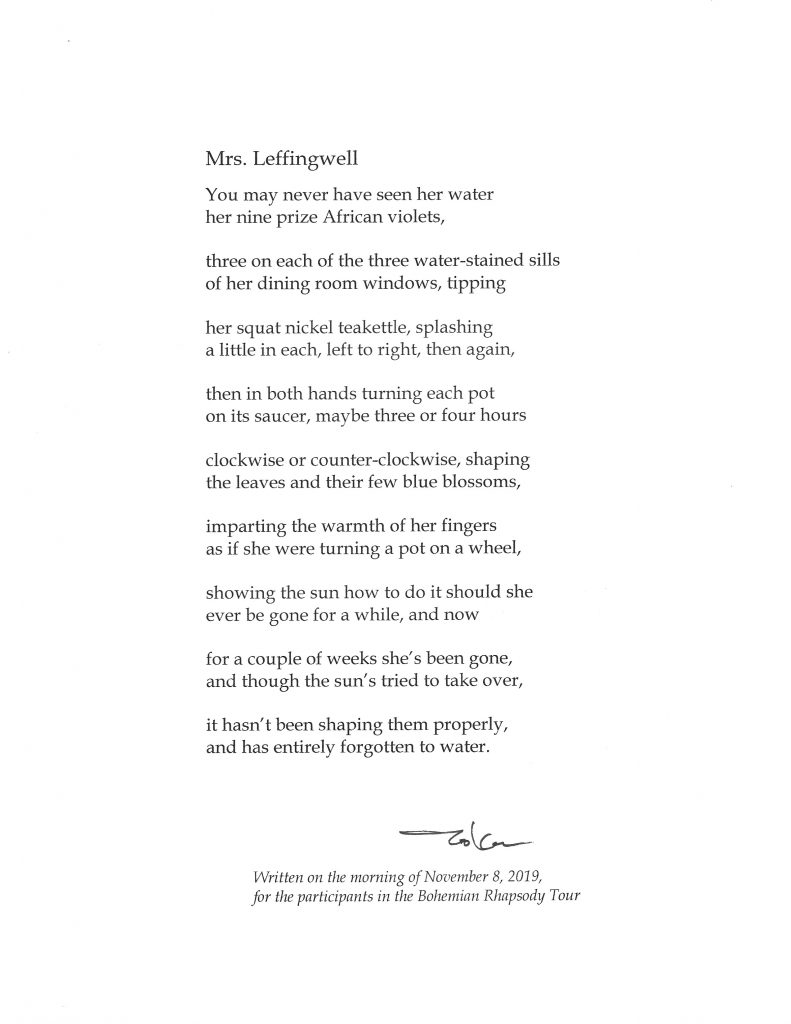
Photos of Ted's Studio
Second Stop in Dwight
While in Dwight, we also tour the historic Assumption Parish Catholic Church. Established in 1899, two years after the town of Dwight was incorporated, after the parishioners outgrew the original church, it was replaced by a larger structure in 1915. The larger Gothic style church is a classic design, sturdy in construction and has been well maintained over time. It has served the local Czech community for over 100 years.
The church also has two unique grottos and what is reported to be the smallest still-active chapel in the world. (I have no proof of that, however.) Make sure you take a peek inside!
Assumption Parish Church
Next Tour Stop: David City (pop. 2823)
After Dwight, we take a short trip to David City to visit the Bone Creek Museum of Agrarian Art in downtown David City. Wow! Who knew such a gem existed so close to home? The museum has been the recipient of many works by renowned local artist Dale Nichols who is mostly known for his prairie landscape paintings. If you like Grant Wood and Thomas Hart Benton, you’ll enjoy Dale Nichols’ depictions of life on the land.
The current museum exhibit, however, is made up of works covering a period of history that I don’t recall ever hearing about. The title of the exhibit is “Braceros—Melding History and Art”. If you’re not familiar with the term “Braceros”, it was a name given to a work program that invited immigrant Mexican farm laborers to work and live in Nebraska and other rural communities in Texas, New Mexico, Colorado and states further west from 1942 through 1964. Under the agreements between the U.S. and Mexican governments, immigrants came to this country to essentially assist in the growing and harvesting of food during World War II as a way of filling the production gap caused by sending millions of American men to war. Working under contract, for over 22 years, 4.5 million Mexicans and their families came to this country to assist in the feeding of Americans. The program was terminated in 1964 at the pressure of local agricultural workers who claimed the program was suppressing wages for American workers. Contrary to their claims, though, the opposite was true.
The exhibit displays the plight of the Mexican laborers who were promised decent wages and living conditions but were often taken advantage of by unscrupulous growers and the indifference of the U.S. government. Paid as little as 10 cents a day, living in substandard housing and often abused by their employers, the story of this period in our history has been kept hidden from most of us not directly connected to the history of agriculture. Their story, as told through this moving exhibit, is indicative of the issues that Mexican immigrants are still dealing with today.
The exhibit contains colorful paintings and expressive sculpture to tell the story of the Braceros.
One final comment about Bone Creek Museum. We have visited several small galleries and museums in rural communities such as the John Philip Falter Museum in Falls City and the Museum of Nebraska Art in Kearney and I would rank Bone Creek Museum at important as anything we have in Nebraska. The quality and quantity of high caliber artwork was impressive for such a small museum. Check out their website and Facebook page (linked through the website) for more information.
Photos From Bone Creek Museum
Next Tour Stop: Abie's Place For Lunch!
Our next stop takes a little further north to a little town called Abie.
Abie is a very small town that still is trying to hold onto it’s Czech heritage. And it’s doing that through the stomach! Abie’s Place, serves up tender roast pork, sauerkraut, dumplings and dressing smothered in a sweet brown gravy. They knew we were coming and greeted us warmly when we arrived.
They even had entertainment on hand just for us!
Slow down when you get close to town and take the first turn in when you see all the antique tractors are on display in the front yard. Put on your ‘Polka’ shoes and try them out on a night when the music and Czech beer are flowing. Save room for their authentic homemade Apple Strudel, Kolaches and pillow soft rye breads!! Yumm!
A Few Photos of Abie's Place
Next Tour Stop: Concordia University
After lunch and a much deserved (occasionally interrupted) 45-minute nap, we arrive in Seward at Concordia University. Our visit includes two art-oriented stops. To manage our large group, we split into two groups.
Our group’s first stop is to the Marxhausen Gallery of Art (named after Reinhold Marxhausen, a local legend) to see an exhibit entitled ‘Sacrifice and Scripture: Prints from Christians in the Visual Arts’. As our host, Jim Bockelman described the works, they are not just interpretations of the stories in the Bible but also stand on their own as works of serious art. Given the complexity of the drypoint engraving techniques used in creating the art, they are unique in the execution of the creative process. Dark, somber and challenging to a viewer’s interpretive skills (at least mine!), the works are all in black and white with an emphasis on black.
Jim also gave us a quick look at the gallery’s other pieces in their permanent Koenig Collection including more Marxhausen. There are also works from hundreds of other national and international artists such as Richard Serra (yes that Serra!). The permanent collection of the gallery is regularly growing through local philanthropic giving by local successful businesses and alumni and is a must-see if you’re in the Lincoln/Seward area. The curation of the gallery looks to be exceptional based on our visit and subsequent visit to their Facebook page.
The second spot we visited is the Center for Liturgical Art. Established on the site where Reinhold Marxhausen lived and worked on the edge of campus, the Center produces liturgical art and furnishings for Christian churches and other facilities around the world. Proceeds are used for restoring the original home of Marxhausen as well as going to the St. John Child Development Center.
For those unfamiliar with Reinhold Marxhausen, his work can best be described as ‘outsider art’. Using common ordinary elements of living, Marxhausen finds artistic meaning in every object. Also known for his use of sound as a medium, his work has bewildered and amazed children and adults using sound produced from his artistic pieces. Here is an episode from a visit between Marxhausen and David Letterman from a few years ago that best demonstrates what I mean.
Marxhausen has also created two murals for the interior of the Nebraska State Capitol.
The Center’s Art and Design Coordinator, Michael Scheer, gave us a tour of the Center and presented the mission and processes used in making the pieces of art ordered by customers from around the world. Specializing in custom, one of a kind pieces, the Center provides ecclesiastical support through art whether it be made in stained glass, wood or metal.
Once again, I am amazed at the resources we have as a community to impact the larger picture of art in the world.
A Few Photos From Concordia U
Last Stop: Wine Country!
It’s Time For Wine!
Our last stop on our Nebraska Bohemian Alps Tour takes us to a winery located just a few miles from Seward. Now, I know what some of you might be wondering…can good wine really be made in Nebraska? Well, the honest answer to that is “maybe”. In this case, the answer is more positive. Junto Winery is figuring it out. Set in rolling hills with good soil and drainage, some of the criteria are met. As for the viticulture issues, I couldn’t begin to speak to those since I’m only on the consumer side of the counter, but I will say, Nebraska wine is maturing into its own. We tend to judge a wine based on our Californian and European developed palates (among other notable regions around the globe) so it will take some time to like and accept the different grape varietals that do well in our region. “Sweet vs. dry” seems to be the stumbling block to most people’s acceptance of Midwestern wines. Someday, science will hopefully catch up with our palates.
Junto Winery
Parting Thoughts...
So that ends this day’s experiences of travel, art, food, and refreshments. Once again, the perspectives we had of our area’s available offerings of art and culture have been broadened, thanks to the University of Nebraska Sheldon Memorial Art Gallery docent program. Thanks, again, to them for including us in their efforts to seek out and appreciate all things art.
And thanks to you for coming along!
Greg and Shelley
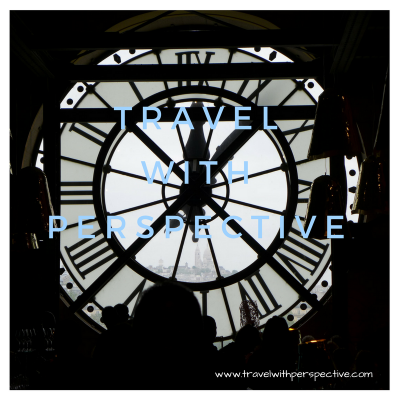
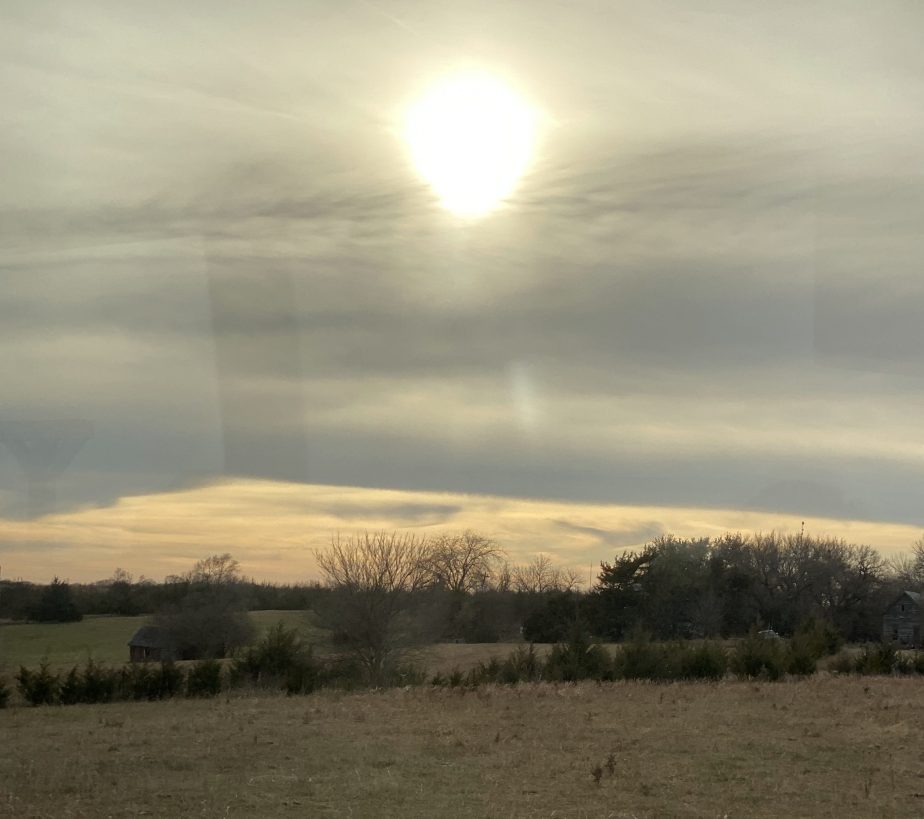
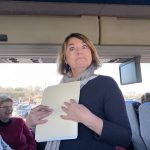
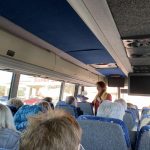
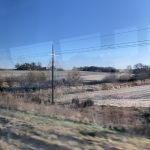
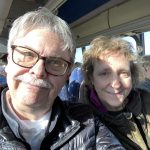
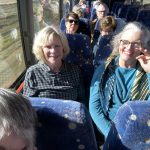
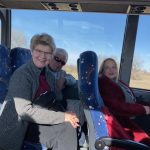
Thank you, Greg, for documenting our tour. You did a great job of capturing the details and spirit of the day. Looking forward to following your future travels.
Another great record of our travels … so glad you got photos from the Braceros exhibit at BoneCreek since I didn’t get to it. Thanks, Greg 😊
xo